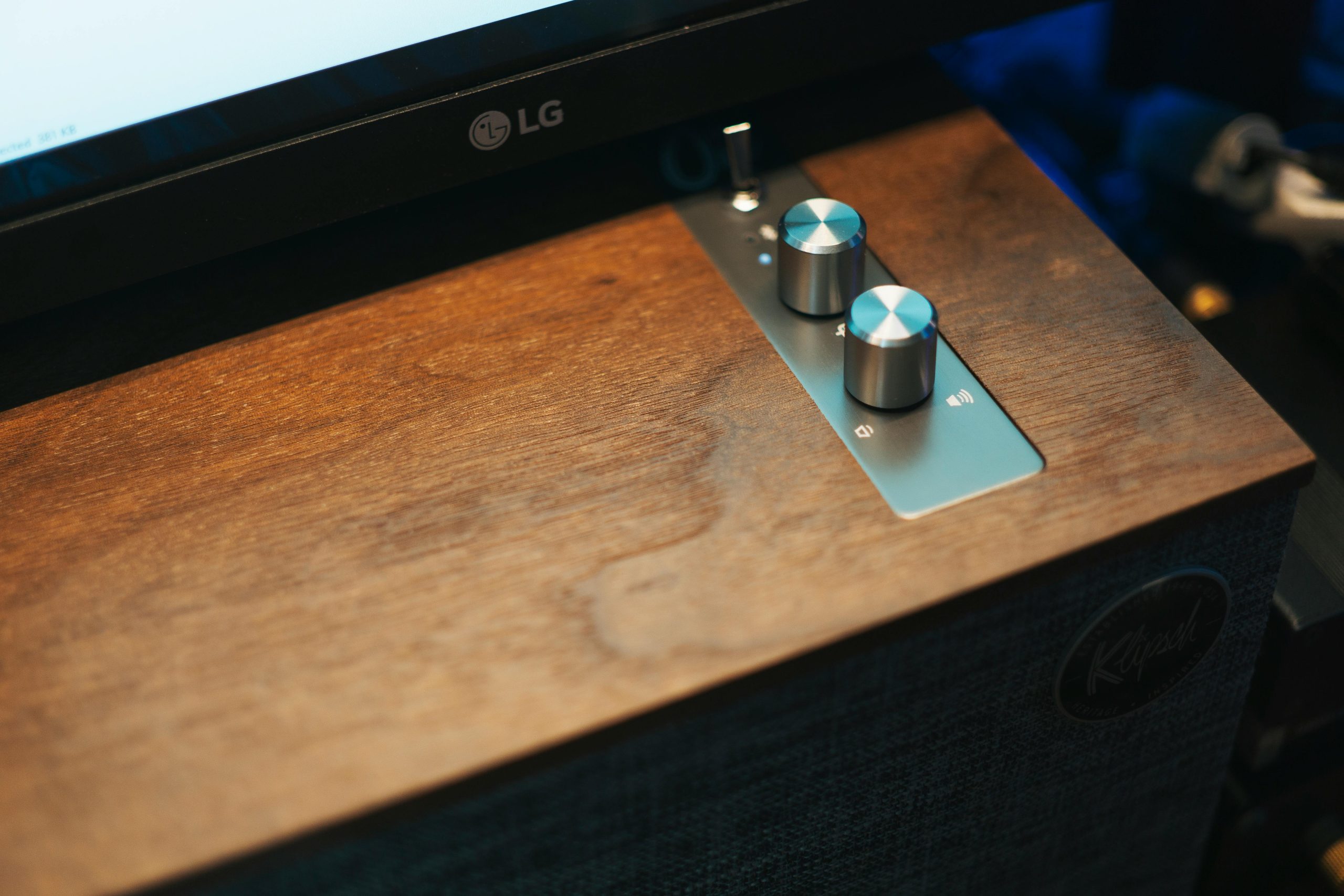Troubleshooting SSD Issues: My Experience and Lessons Learned
After upgrading my system with a new SSD, I recently encountered a frustrating issue that left my PC unable to boot. Here’s a detailed account of my experience, the error I faced, and my subsequent remedial actions, complete with insights for anyone in a similar situation.
The Background Story
I made the decision to enhance my computing experience by adding a Western Digital NVMe M.2 SSD to my Dell G3 3579. After installing the new operating system and clearing out the original OS files, everything ran smoothly for three days. However, my excitement was short-lived. Out of nowhere, my PC refused to boot up, presenting the ominous error message: “Required device not found.”
Investigation Begins
Despite my frustration, I proceeded to investigate the issue further. Booting into recovery mode proved fruitless. When I accessed Command Prompt using bootable media, I discovered something peculiar through the DiskPart utility. While the disk itself was online, the partitions associated with it were offline, despite being in a healthy state. This was puzzling, to say the least.
Taking Action
With time pressing against me and minimal crucial data stored on the SSD, I opted for a more drastic solution. I cleaned the SSD, reformatted it to GPT, and reinstalled Windows. Though this resolved the immediate boot issue, I couldn’t shake off the questions regarding what had caused the partitions to go offline in the first place.
Seeking Answers
The consensus among online communities was that the SSD might have experienced a disconnection during operation, leading to the volumes being dismounted. The precise reason for this disconnection, however, remains a mystery.
Moving Forward
For anyone facing similar issues, here are a few takeaways from my experience:
-
Regular Backups: Always keep your files backed up, even when you think you have minimal data. You never know when issues may arise.
-
Monitor Connections: Regularly check and ensure that your hardware connections, including power and data cables, are secure.
-
Stay Updated: Keep an eye out for firmware updates for your SSD and motherboard that may enhance compatibility and performance.
I plan to keep this post updated as I continue to learn more about the situation. If you have any insights or experiences to share regarding SSD issues, please feel free to contribute in the comments below. Your input could be valuable for others in the community navigating
Share this content:



